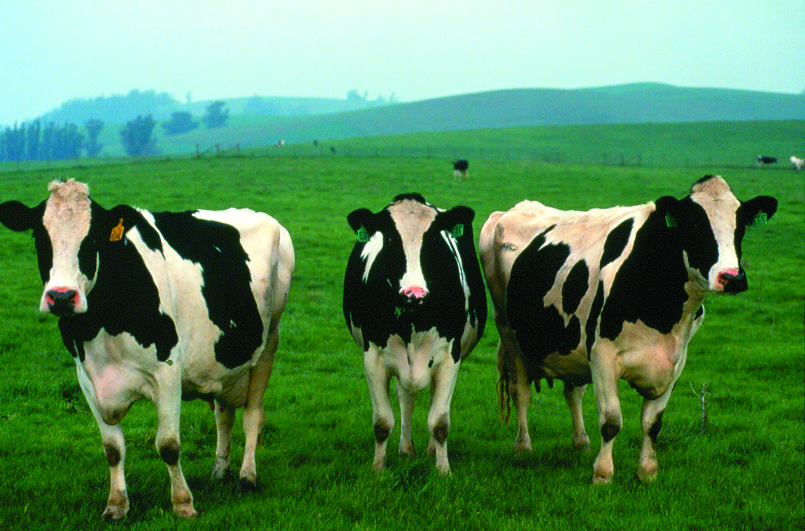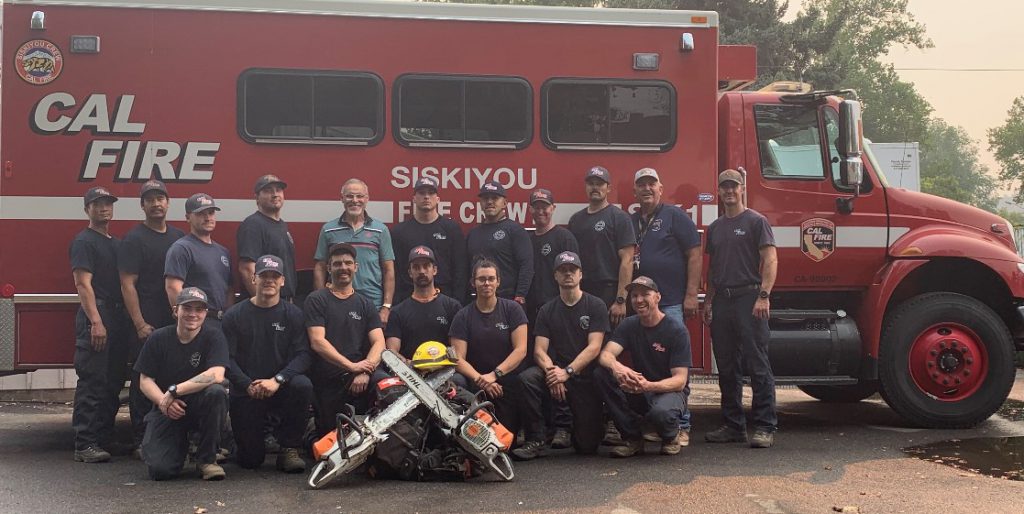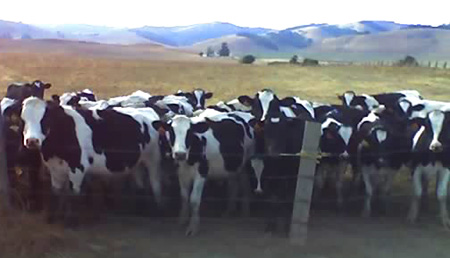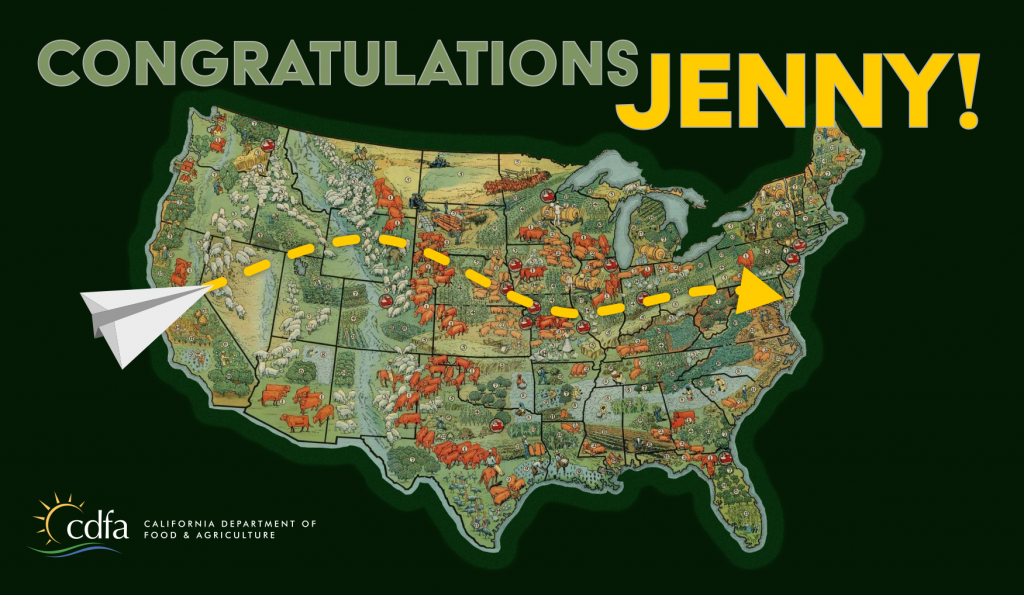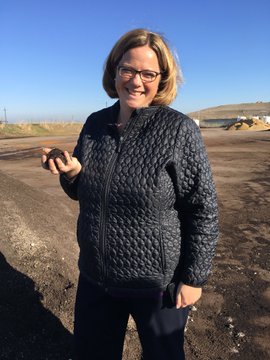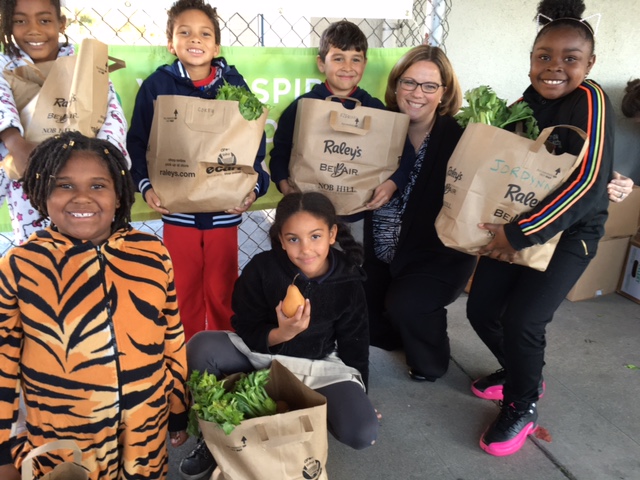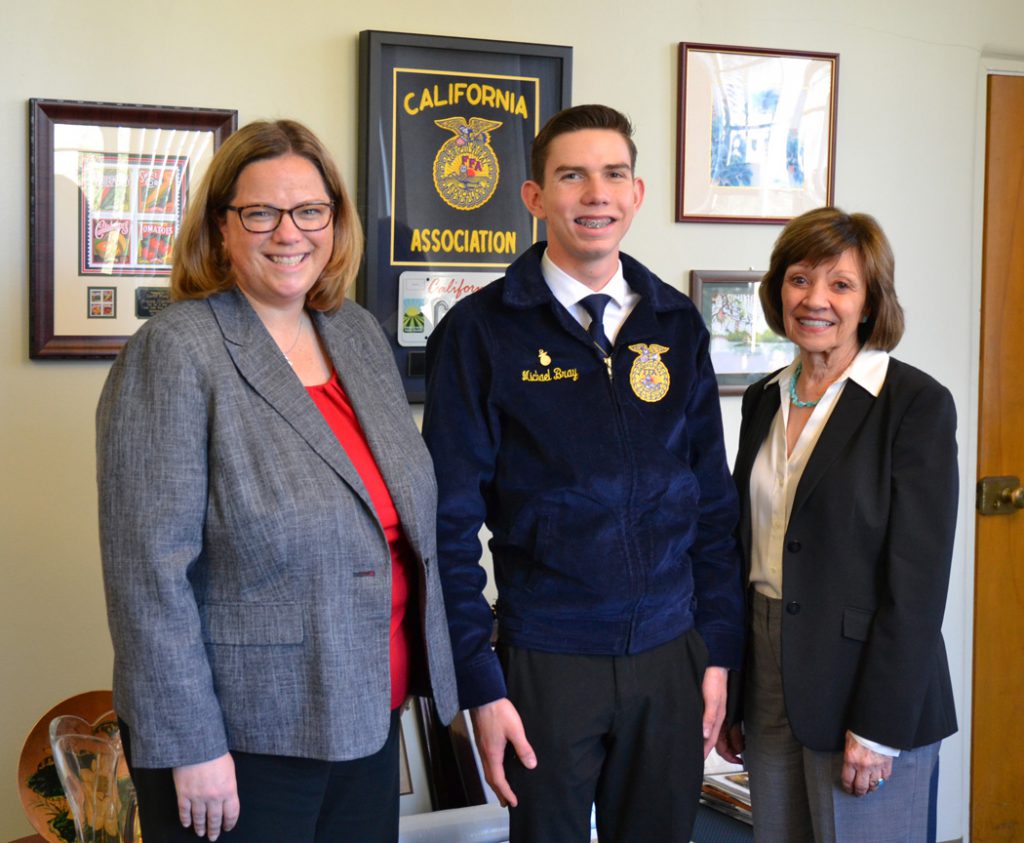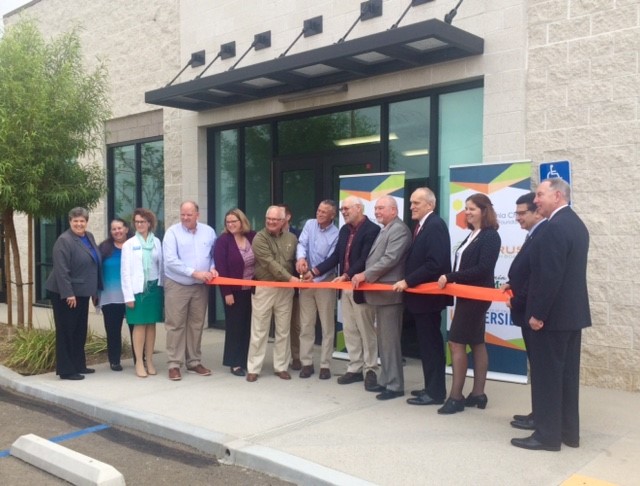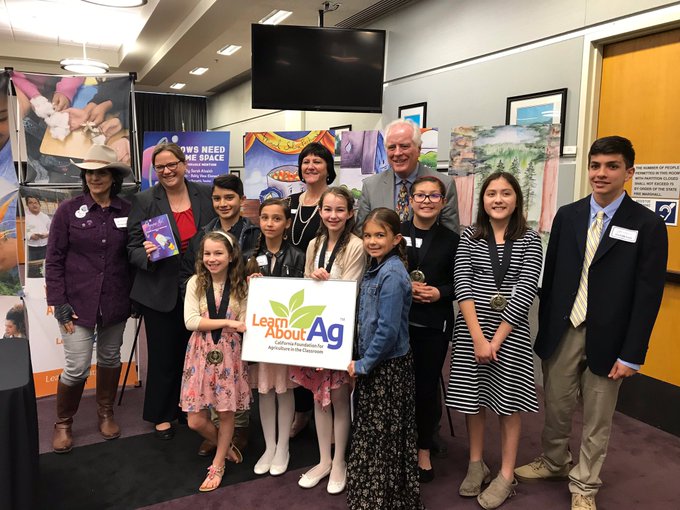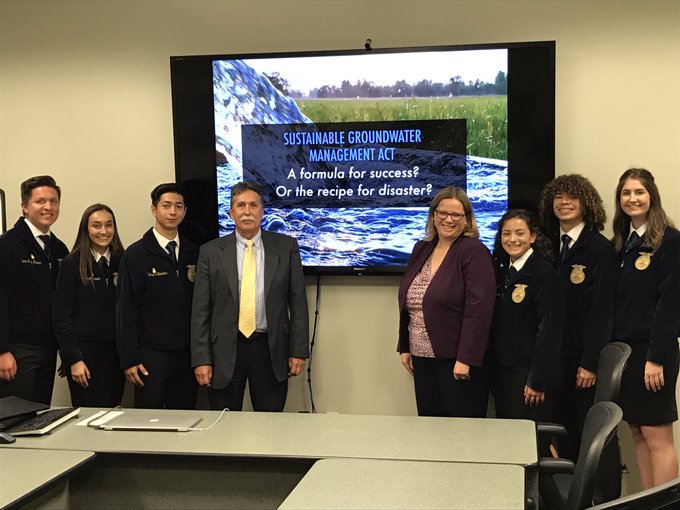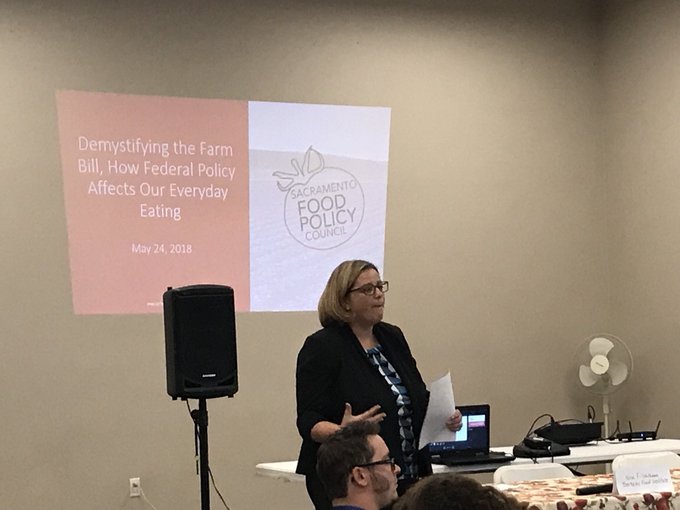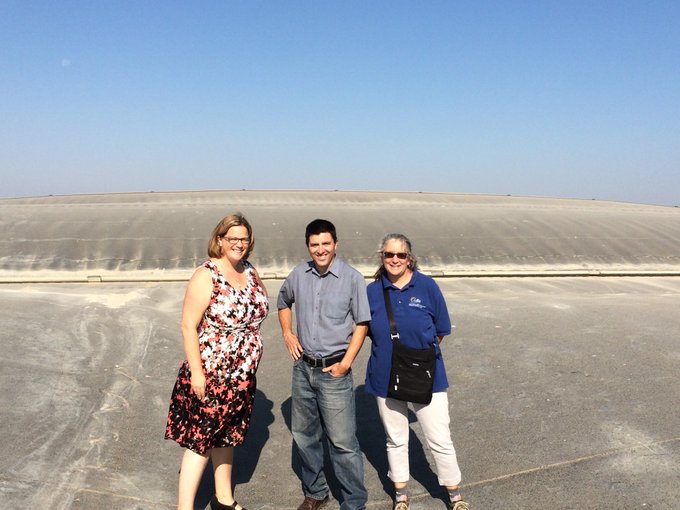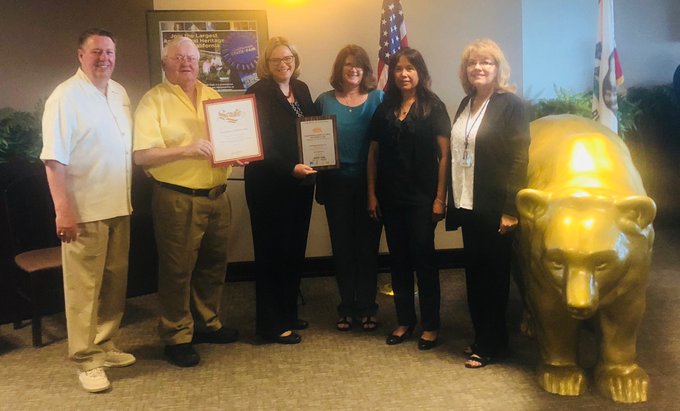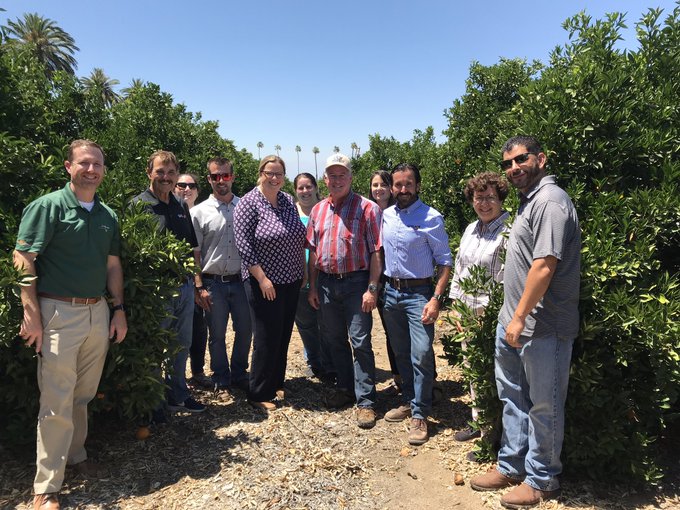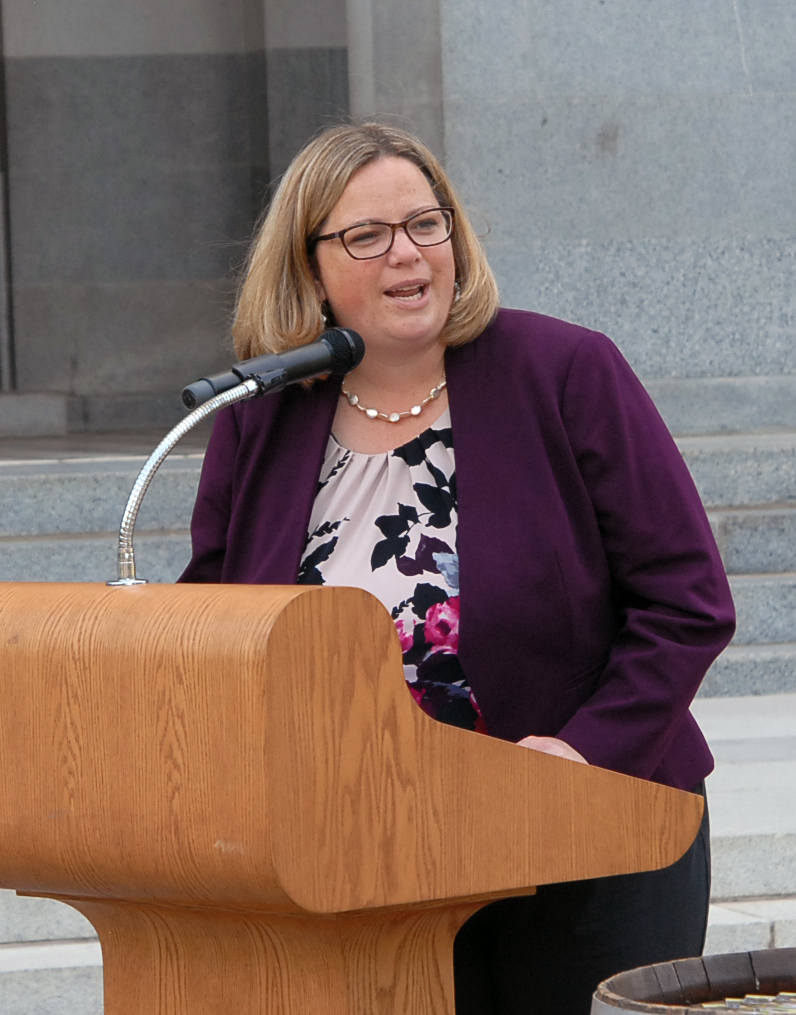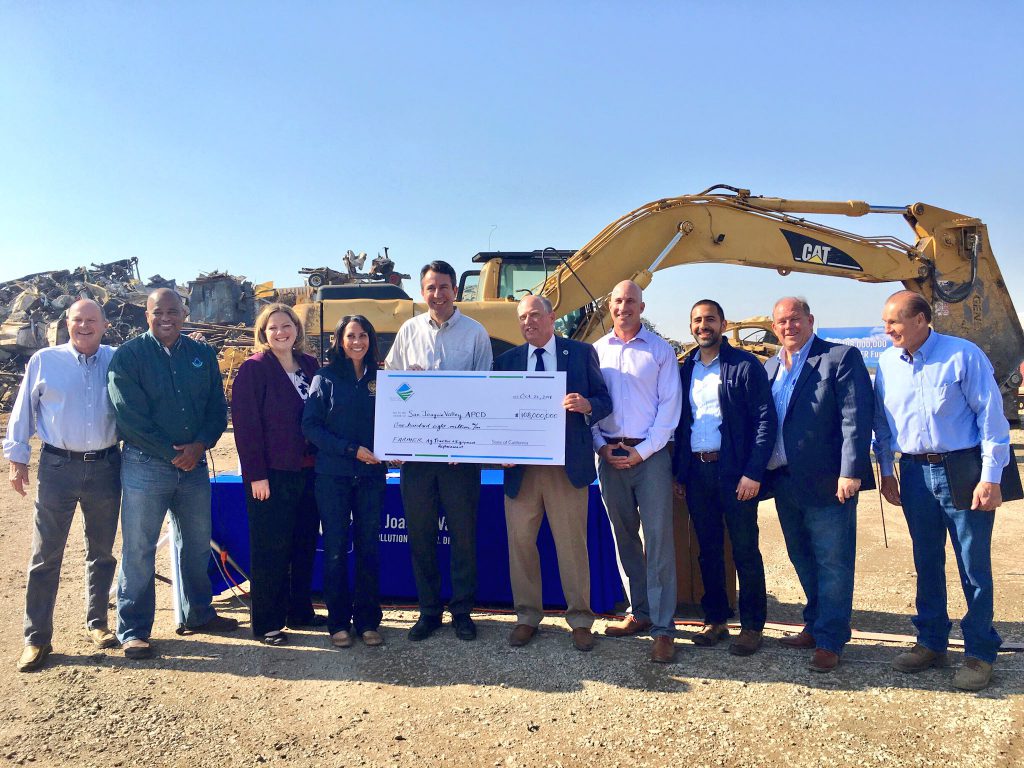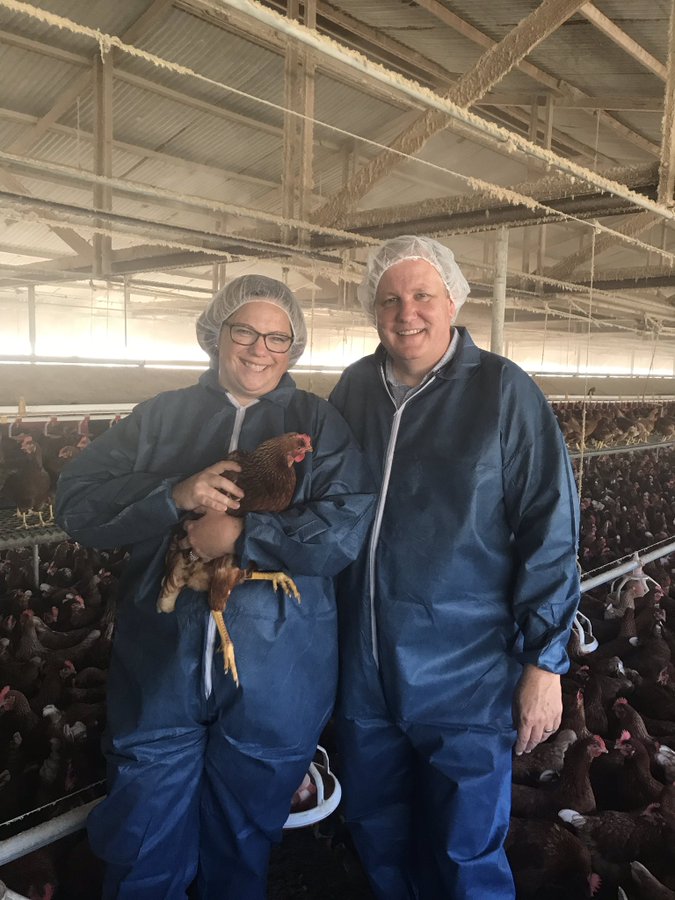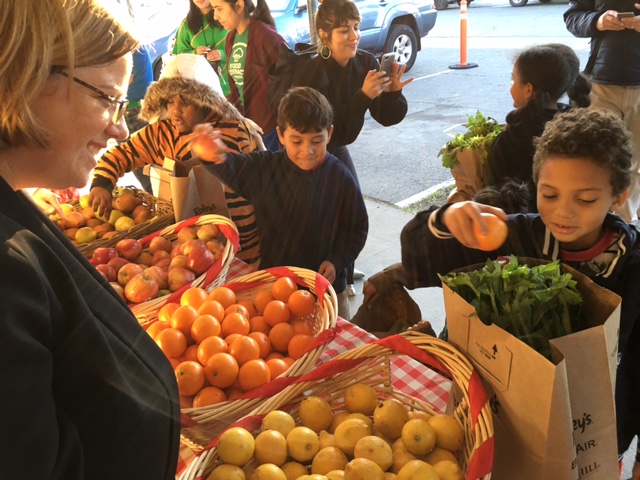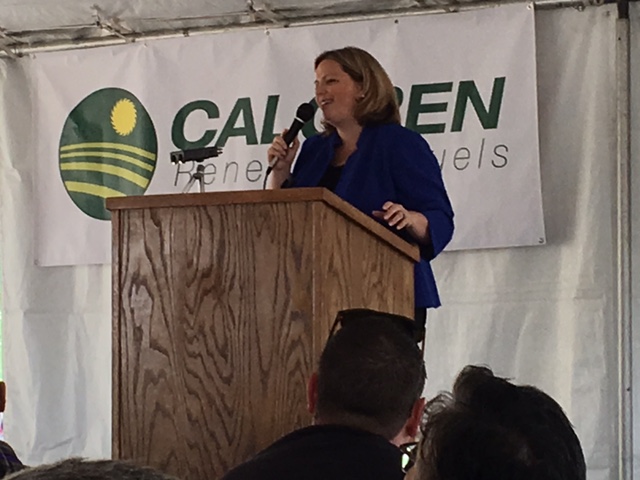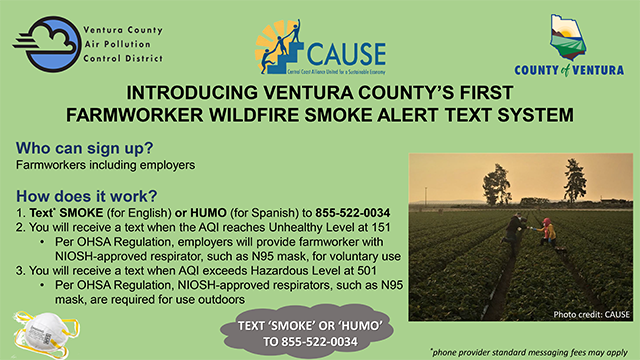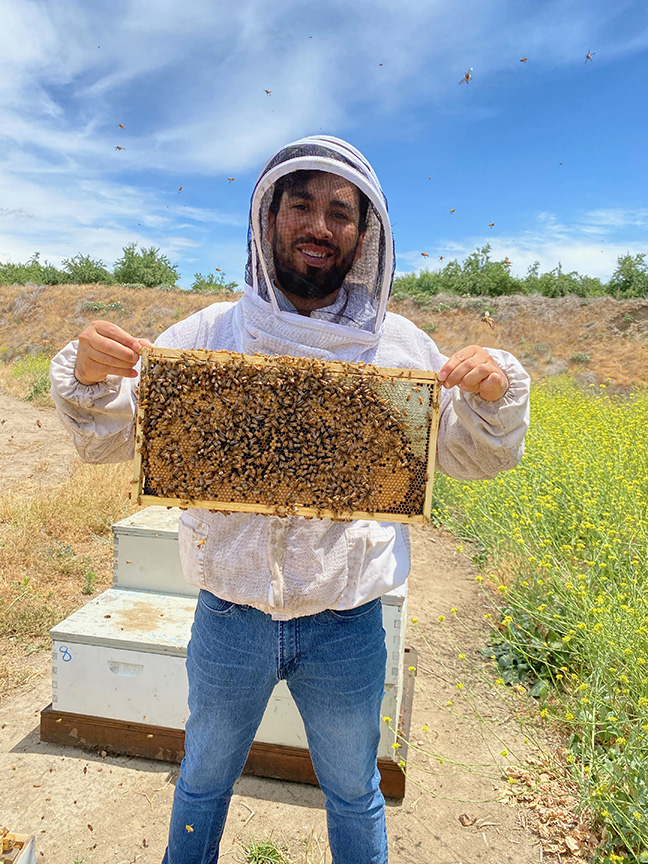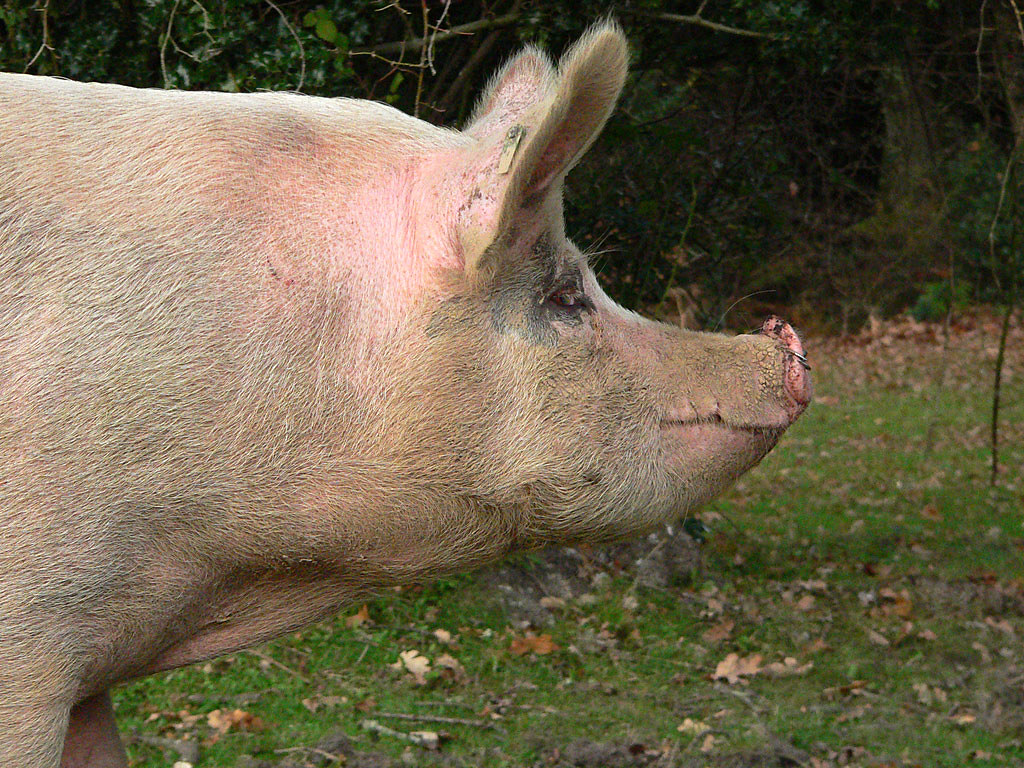From a USDA News Release
California agricultural operations have been significantly impacted by the wildfires and ongoing, severe drought. The U.S. Department of Agriculture (USDA) has technical and financial assistance available to help farmers and livestock producers recover. Impacted producers should contact their local USDA Service Center to report losses and learn more about program options available to assist in their recovery from crop, land, infrastructure and livestock losses and damages.
“Production agriculture is vital to the California economy, and USDA stands ready to assist in the recovery from these wildfires and extreme drought conditions,” said Gloria Montaño Greene as Deputy Under Secretary for Farm Production and Conservation (FPAC). “I assure you that USDA employees are working diligently to deliver FPAC’s extensive portfolio of disaster assistance programs and services to all impacted agricultural producers.”
USDA Disaster Assistance for Wildfire and Drought Recovery
Producers who experience livestock deaths due to wildfires may be eligible for the Livestock Indemnity Program (LIP).
Meanwhile, for both wildfire and drought recovery, the Emergency Assistance for Livestock, Honeybees, and Farm-Raised Fish Program (ELAP) provides eligible producers with compensation for feed losses as well as water hauling expenses associated with transportation of water to livestock. For ELAP, producers will need to file a notice of loss within 30 days and honeybee losses within 15 days.
Livestock producers may also be eligible for the Livestock Forage Disaster Program (LFP) for 2021 grazing losses due to drought. LFP benefits may be available for loss of grazing acres due to wildfires on federally managed lands on which a producer is prohibited, by a federal agency, from grazing normally permitted livestock. FSA maintains a list of counties eligible for LFP and makes updates each Thursday.
Additionally, eligible orchardists and nursery tree growers may be eligible for cost-share assistance through the Tree Assistance Program (TAP) to replant or rehabilitate eligible trees, bushes or vines lost during the drought. This complements Noninsured Crop Disaster Assistance Program (NAP) or crop insurance coverage, which covers the crop but not the plants or trees in all cases. For TAP, a program application must be filed within 90 days.
“Once you are able to safely evaluate the wildfire or drought impact on your operation, be sure to contact your local FSA office to timely report all crop, livestock and farm infrastructure damages and losses,” said Jacque Johnson, Acting State Executive Director for the Farm Service Agency (FSA) in California. “To expedite FSA disaster assistance, you will likely need to provide documents, such as farm records, herd inventory, receipts and pictures of damages or losses”
FSA also offers a variety of direct and guaranteed farm loans, including operating and emergency farm loans, to producers unable to secure commercial financing. Producers in counties with a primary or contiguous disaster designation may be eligible for low-interest emergency loans to help them recover from production and physical losses. Loans can help producers replace essential property, purchase inputs like livestock, equipment, feed and seed, cover family living expenses or refinance farm-related debts and other needs.
Risk Management
Producers who have risk protection through Federal Crop Insurance or FSA’s NAP should report crop damage to their crop insurance agent or FSA office. If they have crop insurance, producers should report crop damage to their agent within 72 hours of damage discovery and follow up in writing within 15 days. For NAP covered crops, a Notice of Loss (CCC-576) must be filed within 15 days of the loss becoming apparent, except for hand-harvested crops, which should be reported within 72 hours.
“Crop insurance and other USDA risk management options are there to help producers manage risk because we never know what nature has in store for the future,” said Jeff Yasui, Director of RMA’s Regional Office that covers California. “The Approved Insurance Providers, loss adjusters and agents are experienced and well trained in handling these types of events.”
Conservation
Outside of the primary nesting season, emergency and non-emergency haying and grazing of Conservation Reserve Program (CRP) acres may be authorized to provide relief to livestock producers in areas affected by a severe drought or similar natural disasters. Producers interested in haying or grazing of CRP acres should contact their county FSA office to determine eligibility.
The Emergency Conservation Program and Emergency Forest Restoration Program can assist landowners and forest stewards with financial and technical assistance to restore fencing, damaged farmland or forests.
USDA’s Natural Resources Conservation Service (NRCS) is always available to provide technical assistance in the recovery process by assisting producers to plan and implement conservation practices on farms, ranches and working forests impacted by natural disasters.
Long-term damage from wildfires and drought includes forage production loss in pastures and fields and increased wind erosion on crop fields not protected with soil health practices. Visit your local USDA Service Center to learn more about these impacts, potential recovery tactics, and how to take steps to make your land more resilient to drought in the future.
“USDA can be a very valuable partner to help landowners with their recovery and resiliency efforts,” said Carlos Suarez, NRCS State Conservationist in California. “Our staff will work one-on-one with landowners to make assessments of the damages and develop approaches that focus on effective recovery of the land.”
Assistance for Communities
Additional NRCS programs include the Emergency Watershed Protection (EWP) program, which provides assistance to local government sponsors with the cost of addressing watershed impairments or hazards such as damaged upland sites stripped of vegetation by wildfire, debris removal and streambank stabilization.
Eligible sponsors include cities, counties, towns, or any federally recognized Native American tribe or tribal organization. Sponsors must submit a formal request (via mail or email) to the state conservationist for assistance within 60 days of the natural disaster occurrence or 60 days from the date when access to the sites become available. For more information, please contact your local NRCS office.
“EWP provides immediate assistance to communities to mitigate potential hazards to life and property resulting from the fires and particularly the severe erosion and flooding that can occur after the fire,” Suarez said. “We can work with a local sponsor to help a damaged watershed so that lives and property are protected while preventing further devastation in the community.”
In addition to EWP, Conservation Technical Assistance (CTA) is another valuable service that NRCS can provide following a wildfire. NRCS technical assistance can help fire victims with planning cost-effective post fire restoration practices.
More Information
On farmers.gov, the Disaster Assistance Discovery Tool, Disaster Assistance-at-a-Glance fact sheet, and Farm Loan Discovery Tool can help producers and landowners determine program or loan options. For assistance with a crop insurance claim, producers and landowners should contact their crop insurance agent. For FSA and NRCS programs, they should contact their local USDA Service Center.



